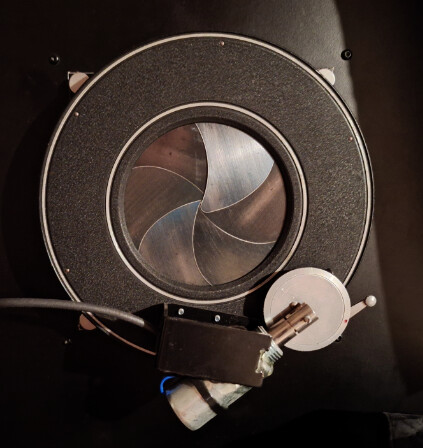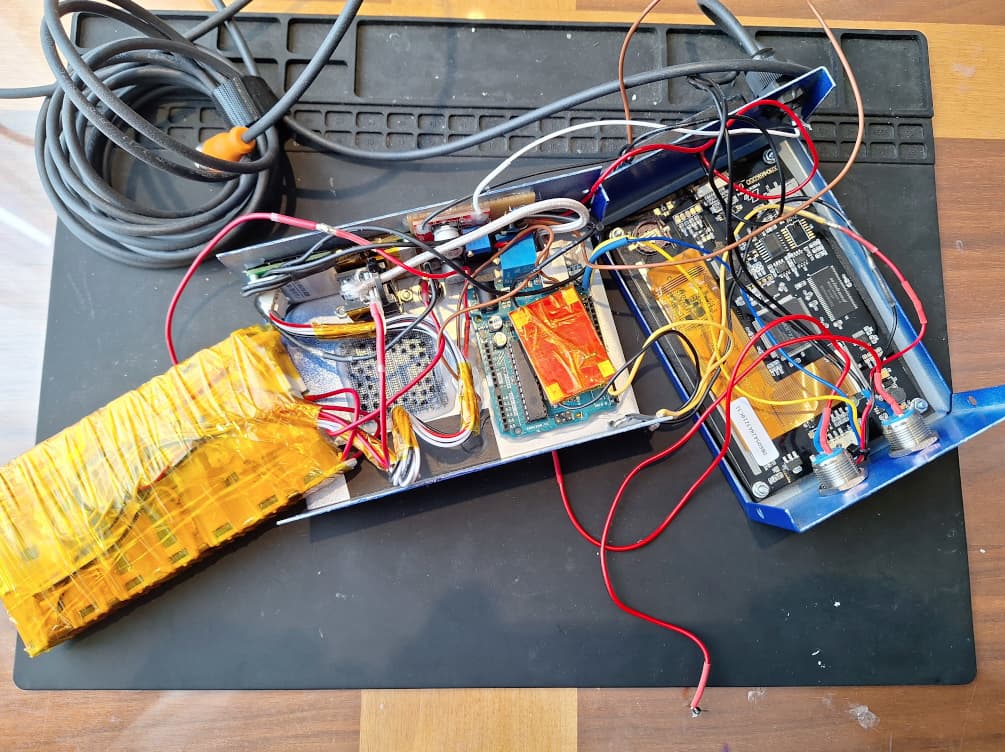The relay is a complication I'd really just get rid of. It eats power for no really good reason.
The relay is also not the main source of any lag. These sources are (1) the startup behavior of the DC-DC converter and (2) the inherent inertia of the solenoid itself. (1) is easily solved by connecting things in a smarter way. (2) you could overcome or compensate for in other ways, at least to an extent. Here, it depends mostly on how accurate and consistent you need this thing to be.
No, I frankly see a fairly low-effort attempt at "here is my problem, now you get to solve my sh*t". My response might/would have been different if your question had been "guys, I'm stuck with producing code; I asked a couple of people to help me but that didn't work, I'm now trying to do this myself, but there's a couple of things i don't understand". The latter approach generally works well on this forum. The former tends to be viewed...ah...critically.
That's very generous of you. However, I'm not in it for the money (and it would realistically be an order of magnitude this amount if we're talking about a commercially viable rate).
You'll find that the most valuable help (and even providing some examples) will be done for absolutely free if it's clear that you are willing and able to put in some effort yourself.
OK, let's see it all in one schematic, please.
It depends on the requirements that are not on paper. How accurate and consistent do the timings need to be? Getting this right is pretty much impossible without integrating software and hardware development. If "hey, the thing opens and closes and it sounds pretty close" is good enough, then yes, indeed, it's pretty straightforward and it would actually be a nice project for you to get your feet wet in software development. (hint).
Sorry to have come off a little gruff with you; I respect that this is your hobby, but you see, the same is true for the most of us helping you. That's why it works better if you try to do this yourself and then you get to ask all the questions about the stuff that you don't understand or can get to work, and all of us are going to do our very best trying to help you.
You've stuck around so far and have provided some additional info already, which makes me optimistic about how this might proceed, so I genuinely hope you're willing to install Arduino IDE, practice with getting an LED to blink and then take it from there until you get your shutter to work.
PS: sorry to hear about your business. I hope you can find a new line of work/venture to fill the void.
Greetings from a fellow photographer who's familiar with leaf shutters.
PPS: you may find this helpful: Build a shutter tester for Focal Plane shutters - Cheap, Easy & it Works | Photrio.com Photography Forums
![]()
![]()


